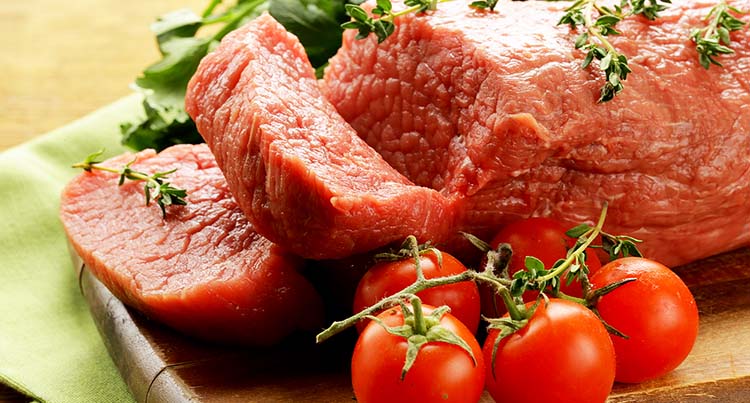I know that we often know what WE put in our mouths, but do we know what our food has put in ITS mouth? I believe that the concept of eating unprocessed, natural foods – the way nature intended – is incredibly important, and I thought the following blog in the New York Times very compelling to spend a little extra to eat grass-fed, natural meats.
What’s the nutritional difference between beef from animals raised on grass compared with animals fattened in feedlots?
New research from California State University in Chico breaks it down, reviewing three decades of research comparing the nutritional profiles of grass-fed and grain-fed beef.
Over all, grass-fed beef comes out ahead, according to the report in the latest Nutrition Journal. Beef from grass-fed animals has lower levels of unhealthy fats and higher levels of omega-3 fatty acids, which are better for cardiovascular health. Grass-fed beef also has lower levels of dietary cholesterol and offers more vitamins A and E as well as antioxidants. The study found that meat from animals raised entirely on grass also had about twice the levels of conjugated linoleic acid, or CLA, isomers, which may have cancer fighting properties and lower the risk of diabetes and other health problems.
While the analysis is favorable to grass-fed beef, it’s not clear whether the nutritional differences in the two types of meat have any meaningful impact on human health. For instance, the levels of healthful omega-3s are still far lower than those found in fatty fish like salmon. And as the study authors note, consumers of grain-fed beef can increase their levels of healthful CLAs by eating slightly fattier cuts.
Grass-fed beef has a distinctly different and “grassy” flavor compared with feed-lot beef and also costs more. A recent comparison in The Village Voice cooked up one-pound grass-fed and grain-fed steaks. The grass-fed meat tasted better, according to the article, but at $26 a pound, also cost about three times more.
Today all cattle are typically raised on grass in the early months of their lives. But in the 1950s, cattle raisers hoping to cut costs and improve efficiency of beef production began to ship the animals to feed lots, where they could be fattened more quickly on inexpensive and high-calorie grains. Grain feeding also increased intramuscular fat in the animals. The result was a marbling effect that made meat more flavorful and tender but also raised fat and cholesterol levels.
Advocates of pasture-raised beef say the reasons to switch go beyond nutrition. The animal is raised in a more humane fashion that is also better for the environment. And 100-percent grass-fed animals typically aren’t given hormones or antibiotics. The Web site EatWild.com has more information about the environmental effects of commercial farming and ranching practices and the benefits of pasture-raising.
The New York Times writer Marian Burros explored the taste difference in “There’s More to Like About Grass-Fed Beef.”
Labels on grass-fed beef can be misleading, and some meat carrying a “grass-fed” label was still “finished” on grains at a feed lot. Meats carrying a U.S. Department of Agriculture “process verified shield” adhere to specific standards for grass feeding, although Mother Earth News reports that a label from the American Grassfed Association is better. To learn more about labeling on grass-fed meat read the full Mother Earth article, “The Label Says Grass-Fed, But Is It?” or go to the American Grassfed Association Web site.

